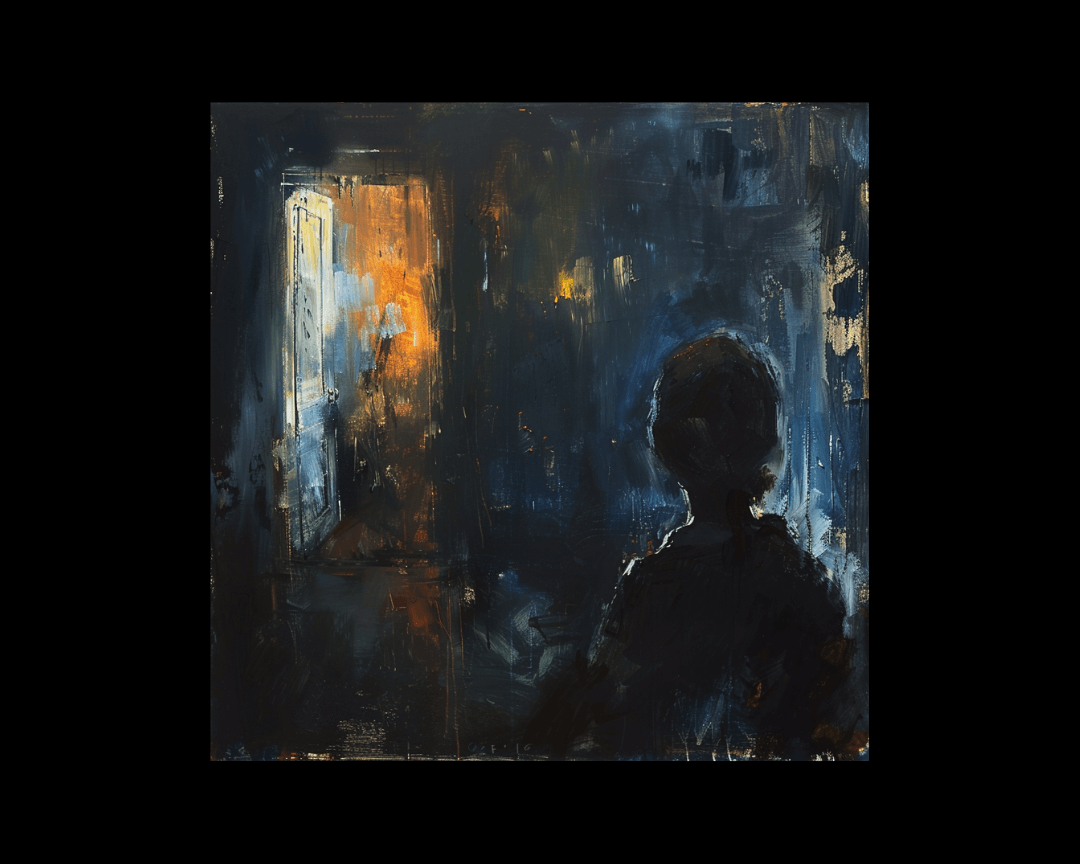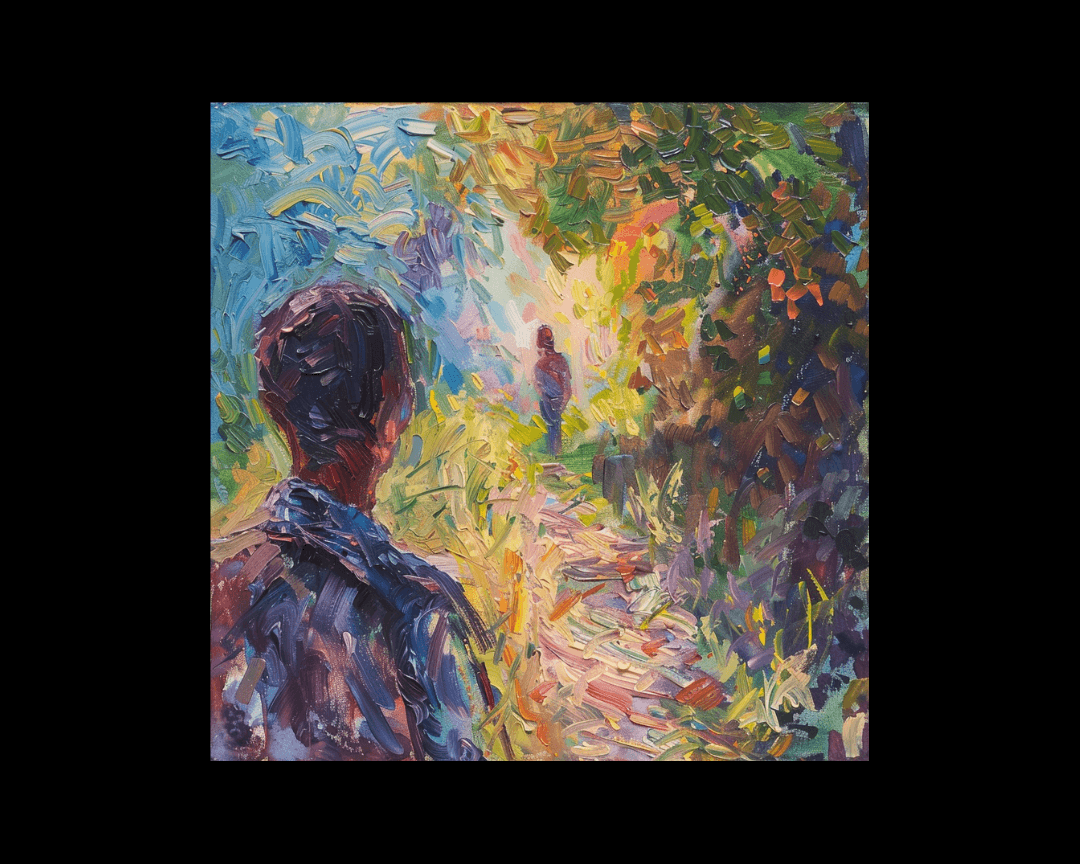The Descent into Darkness: Crafting Negative Character Arcs
The Challenge and the RewardIn storytelling, the protagonist's journey often takes center stage. Readers watch, transfixed, as characters navigate...
.png)
Characters are individuals who want something, and these desires can be categorized into two distinct types: the character's intrinsic wish (character want) and the driving force of the plot (plot want).
Consider Marty McFly: he wishes to be a musician (character want) and also aims to return "Back to the Future" (plot want). While the character's inherent wish adds depth to the story, the plot want forms the core motivation for the character’s actions, catalyzed by the external problem.
For a story to resonate, characters must be proactive, driven by a compelling want. Passive characters lack motivation and fail to captivate an audience. This active pursuit of goals is deeply ingrained in human nature. We prefer stories where characters actively navigate challenges, mirroring our own desires for control and resolution.
Motivation is the driving force behind a character's decisions. Characters' desires are often rooted in believable reasons, primarily stemming from external problems. For instance, Cinderella yearns for freedom from oppressive circumstances, making her want relatable to the audience.
The want represents the character's envisioned state without the problem, while the goal is the specific path toward achieving that desired state. Goals serve to attain the want, creating a structured narrative framework. Cinderella's goal is to attend the ball, a stepping stone toward her ultimate wish for freedom.
Characters gain depth when harboring conflicting desires. These contradictory wants, rooted in the character's values, lead to powerful dilemmas. The character faces a moral choice, highlighting their internal struggles and often expressing the story's underlying theme.
In some instances, authors intentionally obscure a character's motivation to inject mystery. However, this tactic should be used sparingly. Exceptional cases like Shakespeare's Iago, without a clear motive, or first-person memoirs, where older narrators provide retrospective insight, can add depth to characters without explicit wants.
Beyond wants, the character needs add another layer of complexity. Often, a character's true need contradicts their want, sparking internal conflict. This conflict between want and need forms the heart of a character's journey, creating compelling, relatable, and unforgettable narratives.

The Challenge and the RewardIn storytelling, the protagonist's journey often takes center stage. Readers watch, transfixed, as characters navigate...

In the realm of fiction, character reigns supreme. Readers experience the triumphs and tragedies, the loves and losses, the grand adventures and...

In the tapestry of a character's life, the threads of the past often weave the richest patterns. These threads, these echoes of a life lived before...